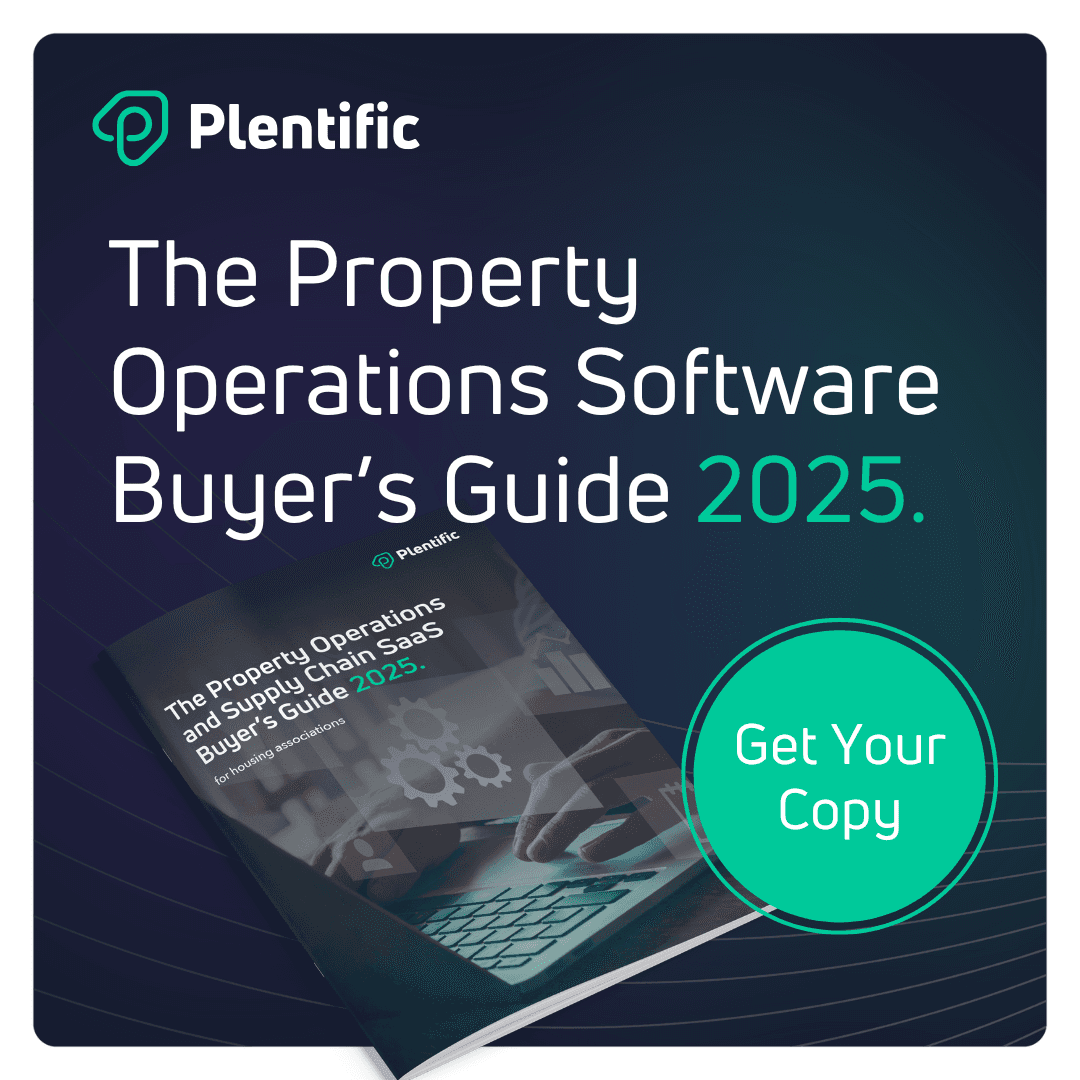By Emily Shaw - Senior Director, Product Lead
When it comes to running a housing organisation, it’s clear that generic business software doesn’t cut it. It’s not built for the compliance pressures, the complexity of asset management, or the realities of delivering frontline services to thousands of residents. Housing has specific needs, and it deserves specific tools.
For years, providers have tried to make one-size-fits-all systems work, often at great cost. Platforms built for broad enterprise use can seem like a flexible option at first. But once you get into configuring workflows, embedding compliance processes and integrating with contractor platforms, the cracks start to show. What once may have looked like a bargain quickly becomes a long, expensive transformation programme, unlikely to deliver the return on investment it promised.
The housing sector operates in a unique environment. There are few industries where the stakes are as high or the operational challenges as varied. Providers must balance tight budgets, changing regulations, and rising resident expectations, all whilst maintaining thousands of homes and responding to issues in real-time. With this context, access to accurate, timely data and systems that work for you isn’t a luxury; it’s non-negotiable. Sector-agnostic systems often can’t deliver the granularity or responsiveness required and certainly can’t in an off-the-shelf manner.
That’s why housing-specific software matters. The right technology should work for your organisation because it’s been designed by people who deeply understand the challenges and use cases of housing providers. These solutions aren’t just technically capable. They’re operationally fluent. They’re built around the workflows and regulatory frameworks housing teams live with every day, not adapted to them as an afterthought.
And efficacy doesn’t stop at functionality - integration is just as critical. A good digital ecosystem needs to connect with everything else you rely on: contractor tools, asset databases and financial systems. That requires a vendor with an open approach to integrations, a robust, REST-based API architecture, and an understanding of what ‘seamless’ really means.
Whilst many business systems are designed for general business use, as a result, they demand customisation at every turn, introducing risk, cost, and complexity with each change. As new technologies emerge and regulations change, those systems can become too rigid to adapt.
By contrast, purpose-built housing software supports a best-in-class approach. It’s designed with interoperability in mind, so you can evolve your tech stack as needs change. That flexibility is no longer a nice-to-have; it’s essential. The sector is shifting fast and your tech stack needs to keep up.
Of course, procurement teams need to assess the full picture. Functionality and price matter, but so do the operational costs that follow. Custom development, long implementation timelines, maintenance, consultancy - these all add up. It’s easy to underestimate the total cost of ownership when choosing new software. And too many transformation programmes end in delay, scope creep, or systems that never quite deliver what was promised.
With housing-specific software, you’re not starting from scratch. Sector requirements are baked in, meaning faster deployment, lower training costs, and fewer workarounds. The long-term value is clear: systems that grow with you as the sector evolves. And when it comes to support, it’s not just about bug fixes. It’s about having a partner who speaks your language, understands the pressures you’re under, and can help you stay compliant, secure, and future-ready.
At Plentific, we believe technology should fit the sector it serves. That’s why we build software for housing. Not just business software with a bolt-on housing module.
If you're thinking about your next system, don’t just compare feature lists. Think about outcomes. Think about longevity. Think about how quickly you need value and how long you want it to last.
And if you need a place to start, we’ve put together a practical Buyer’s Guide to help you ask the right questions and make the right choice for your organisation.
Because now is when we build what's tomorrow.
By Emily Shaw - Senior Director, Product Lead


